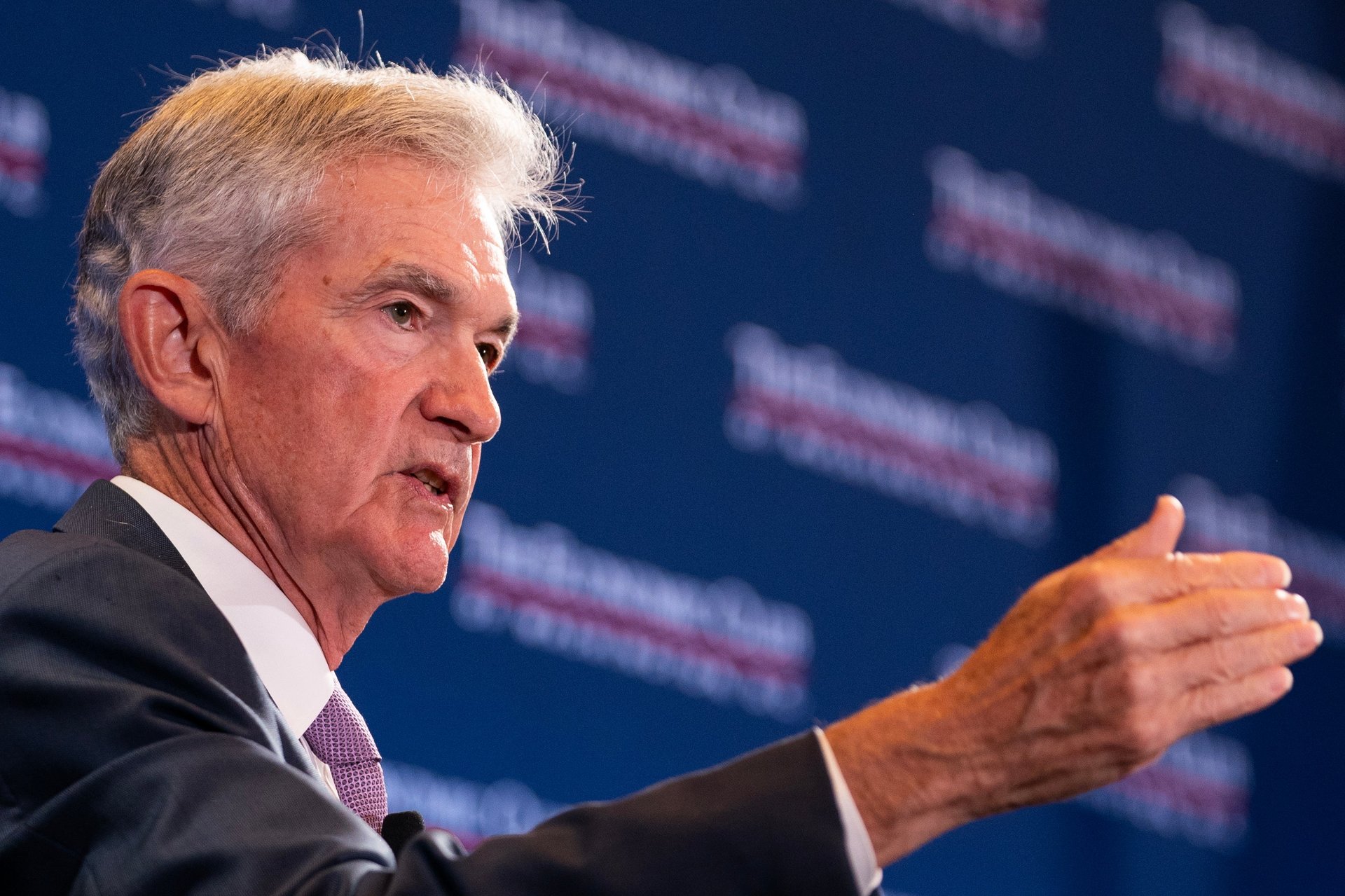Jerome Powell may wait for more data before a rate cut decision, strategist says
Emily Roland, co-chief strategist of John Hancock Investment Management, breaks down what Friday's unemployment data could mean for the Fed directionally

Emily Roland, co-chief strategist at John Hancock Investment Management, spoke with Quartz for the latest installment of our “Smart Investing” video series.
Suggested Reading
Watch the interview above and check out the transcript below. The transcript of this conversation has been lightly edited for length and clarity.
Related Content
ANDY MILLS (AM): Friday we get some jobs data that can make the market go crazy. What do you think it’s gonna reveal about the Fed directionally?
EMILY ROLAND (ER): You know that Facebook relationship status button that says ‘it’s complicated’? That’s the way I think about the last couple of jobs reports because you saw these big headline gains, but they’ve been very concentrated in areas like government and healthcare jobs. And then the revisions have been significant. Last month we saw 111,000 revisions lower over the last two months. So the jobs reports have been a little bit murky or under the surface than what you would see on the headline. We’ve seen unemployment ticking up a bit. We’re now at 4.1%, so I think any further cracks in the labor market’s gonna support the narrative that the Fed can go ahead and start cutting at that September meeting. The challenge of course, is we have a couple more jobs reports, a couple more CPI reports and Jackson Hole before that September meeting, so we may hear from Powell that he wants to see more data. I think of it as like, is he gonna commit to the cuts or is he gonna like play the field a little bit more? Meaning kind of wait and see what the data tells him.
AM: He’s got lots of information. Should he cut in September?
ER: So here’s the challenge: what we’ve basically seen is this kind of mini economic cycle over the last 12 months or so. Back in the fall of last year, Powell used words, we call it forward guidance, to suggest that cuts were coming and all of a sudden the bond market priced in six rate cuts, which was completely over extrapolating. It reminded us of the movie Fight Club. Do you remember that movie where the first rule of fight club is don’t talk about fight club, right? The first rule of Fed policy should be don’t talk about cuts until you need to talk about cuts. What we saw was this kind of risk-on boom. The idea that Fed cuts were coming, we were calling it a ‘pivot party’ at the time, and we saw risk assets take off. This massive amount of easing was in the financial system and that caused inflation, surprise surprise, to pick back up. And so in the first quarter of this year, we saw economic data improving, inflation was really perking back up a little bit. And that was really a consequence of that forward guidance of that loosening in financial conditions. Now we’re seeing that reverse again. So we’re seeing these mini cycles where the data now is showing a deceleration. Once again, nothing sinister, data slowing. Again, labor markets’ loosening and we’re looking at business surveys, which are really timely reads of the health of the economy showing a contraction once again. So all of those things, again, are giving the Fed the green light to go ahead and cut. From a market’s perspective though, here’s the way to think about it. In our view, those cuts are already in the price. So the soft landing is already priced into markets. We’re sitting at elevated valuations, everything’s awesome. High yield bond spreads are at 300 basis points, which basically is a fancy way of saying that the credit markets don’t see any problems on the horizon. So you wanna think about lagging into high quality bonds at this point and not reaching too far for risk in portfolios.
AM: Alright, we need to make bonds sexy.
ER: I know, right? Bonds are back, I hope.
AM: Yeah, it’s a bond summer, everybody.
ER: Oh, I like that.
